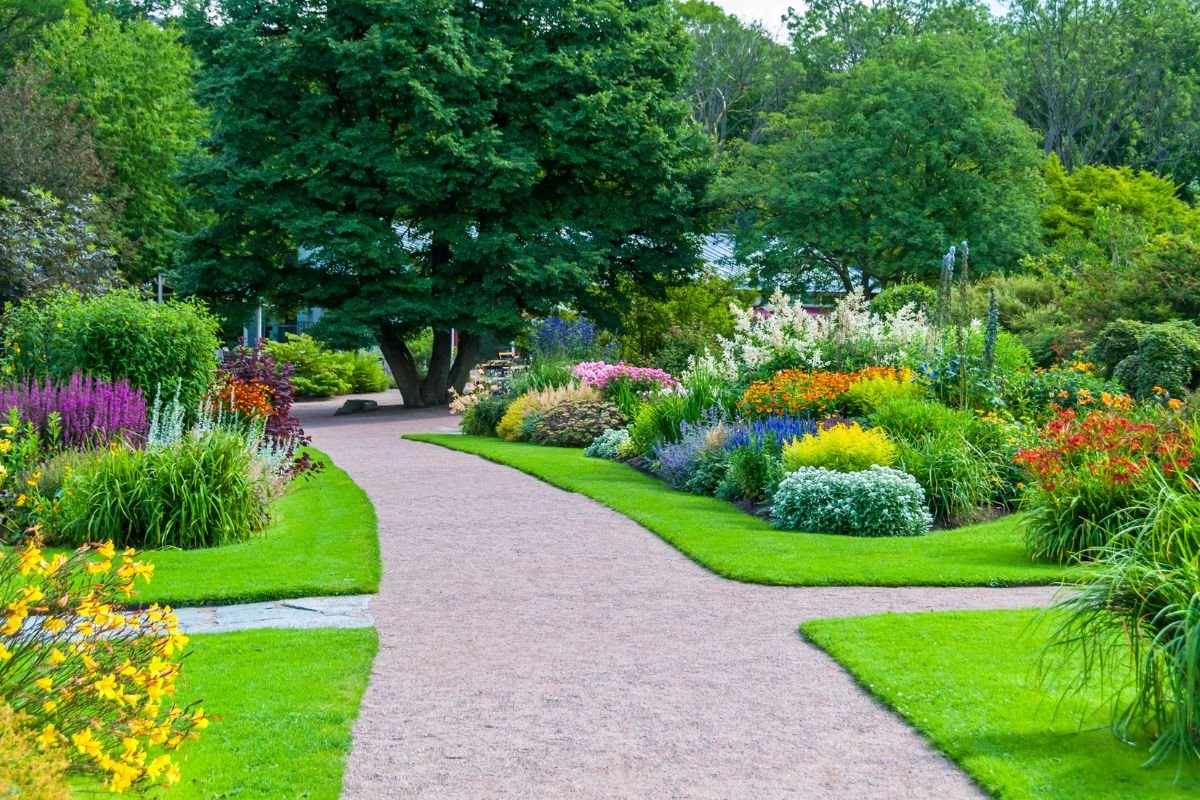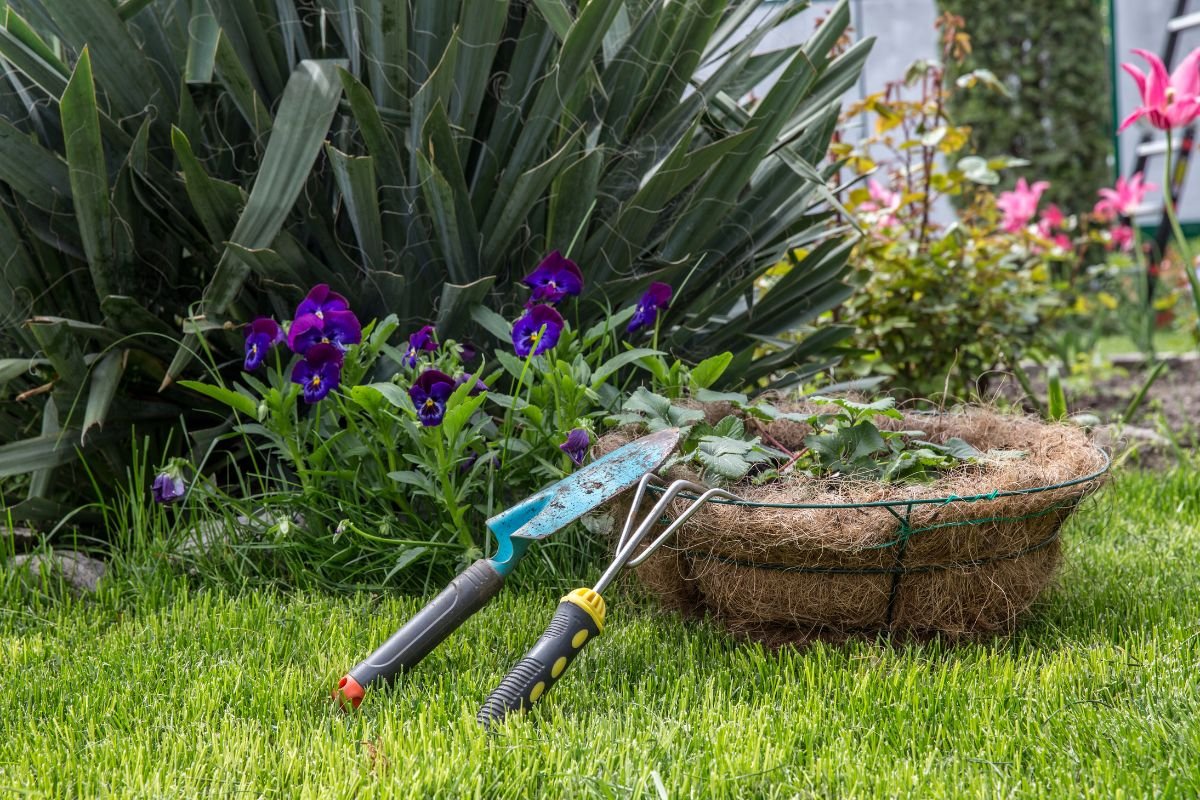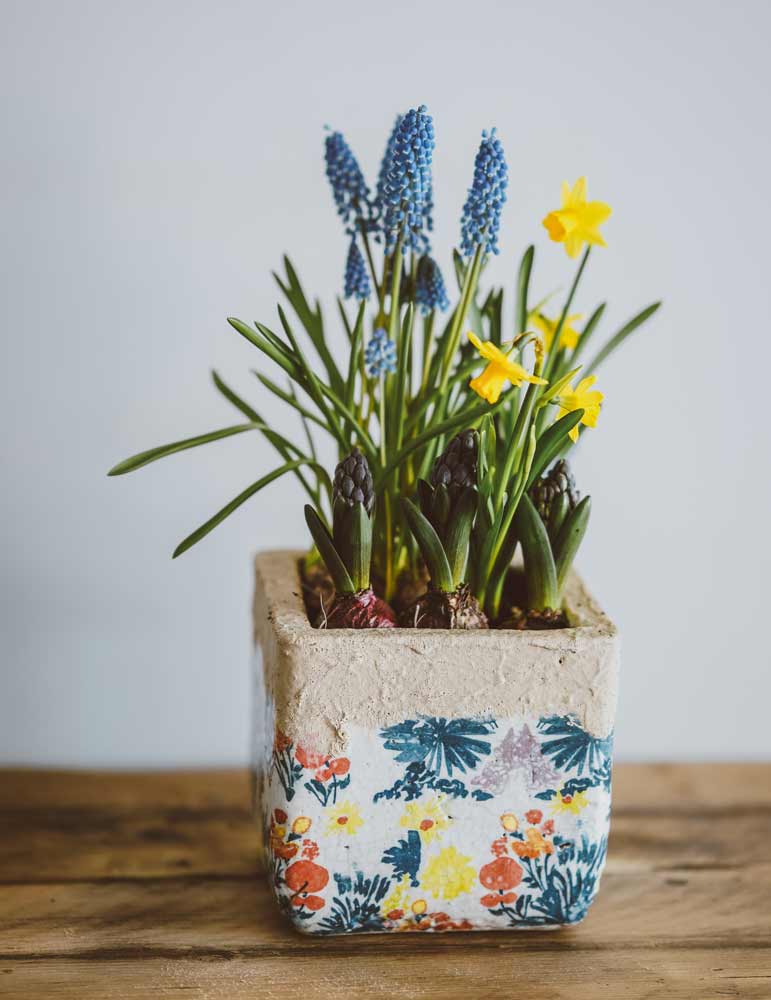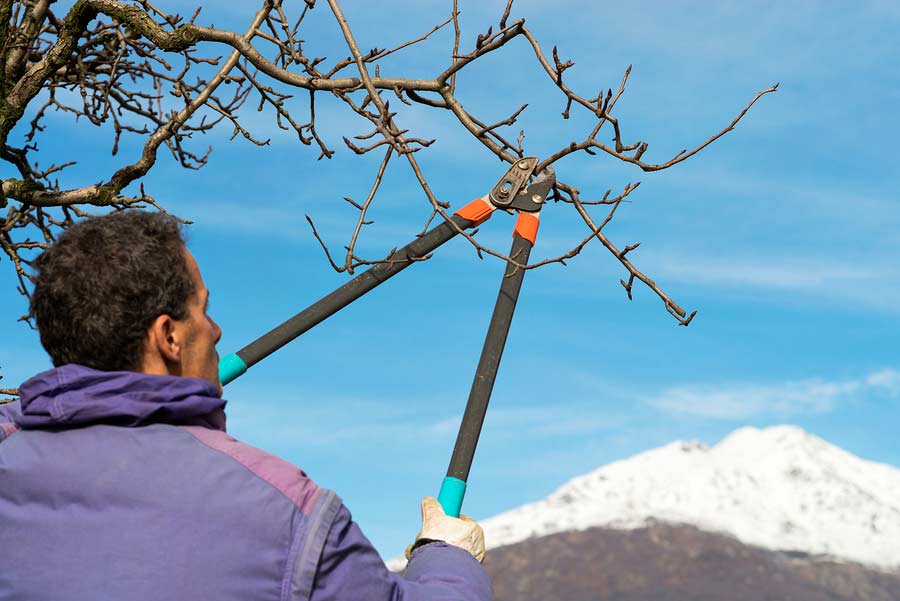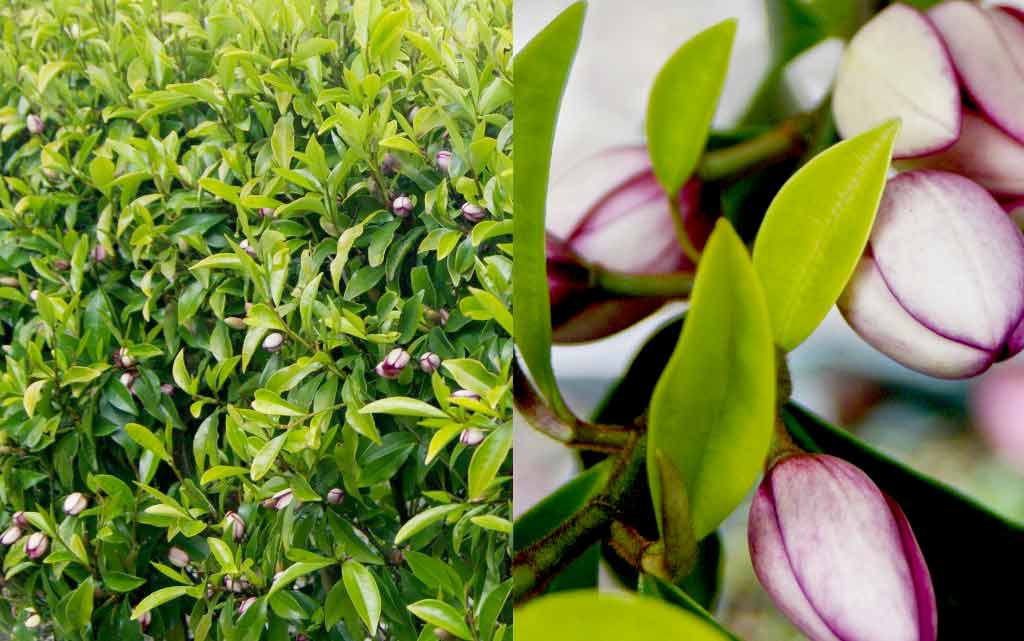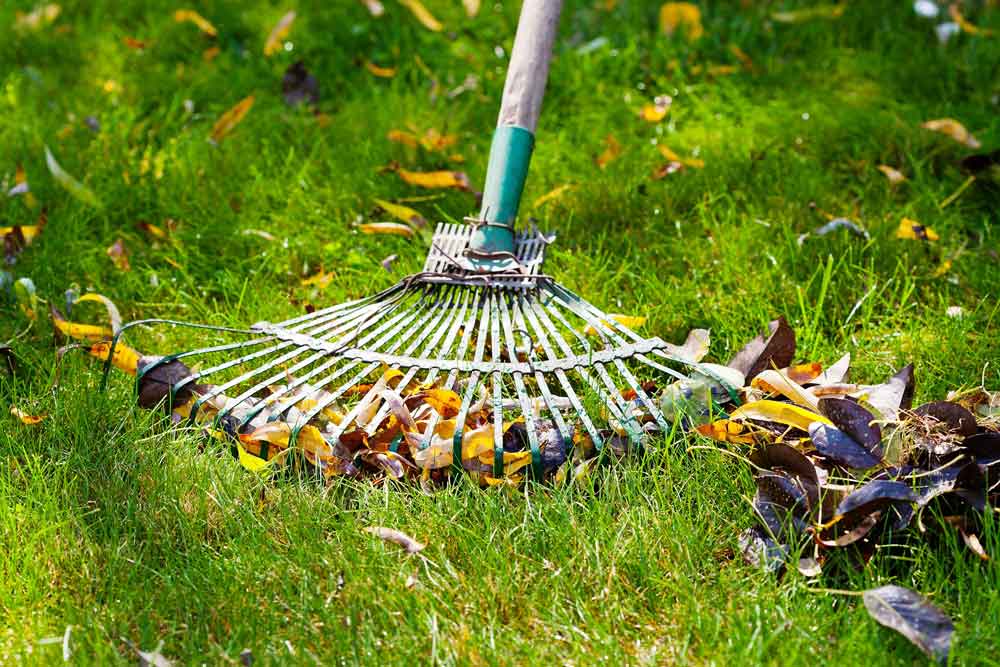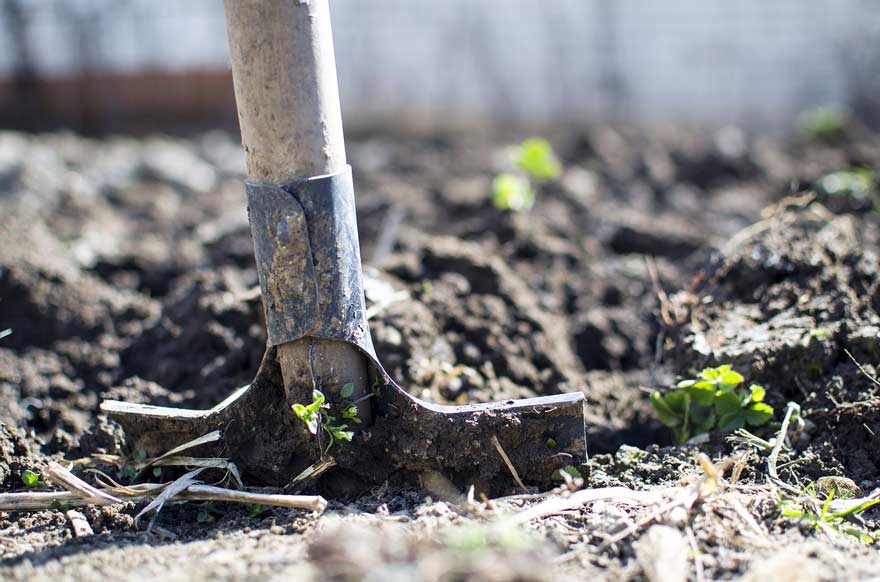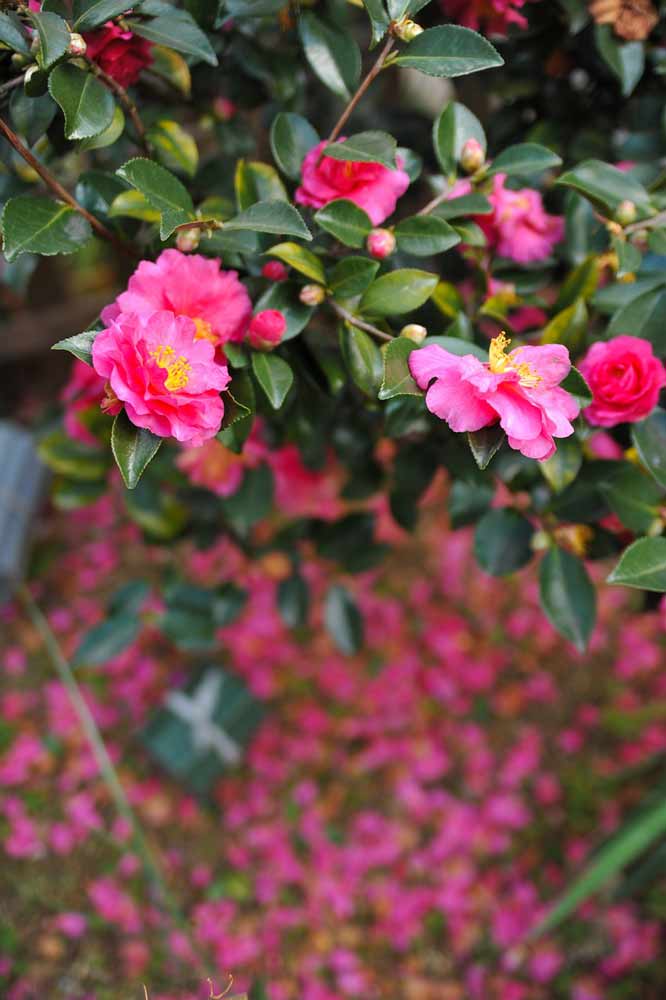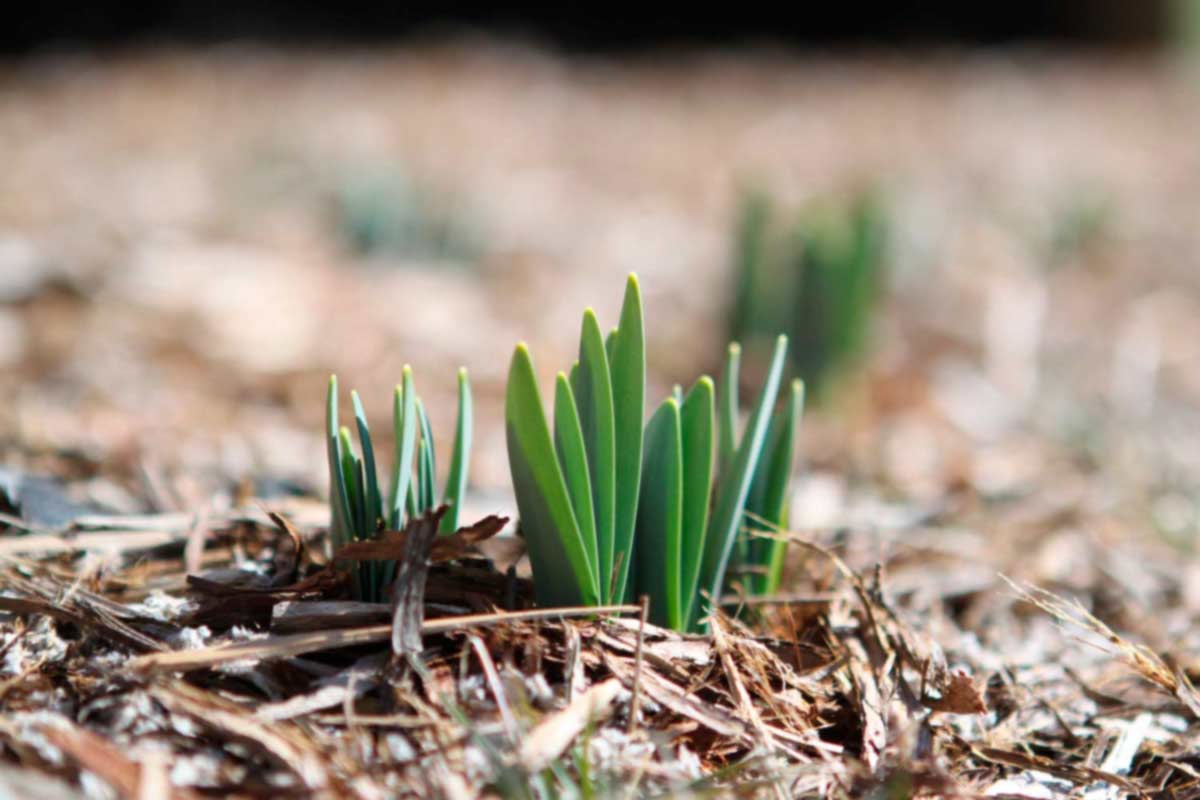As temperatures plummet and the nights draw in quicker than they did over December and January, it can only mean one thing. Autumn is here. It will just be a matter of time before daylight saving kicks in and trees say goodbye to their vibrant green leaves for stunning shades of gold, red, and yellow.
However, for the avid gardener, Autumn has so much more meaning. It’s the time for harvesting crops and preparing for a new season’s growth on the back of it. If you need a helping hand knowing what plants to plant this Autumn, or you’re not sure what the next step is, then read on. The experienced and knowledgeable Crewcut team is here to help.
Harvesting Time
Take a look out into your garden and check out the fruits of your labour. Are they ready for picking? If you have been growing pumpkin or squash, rhubarb, rocket, silverbeet, beans, courgettes, cucumbers, or lettuce, then it’s time to harvest. All of these delicious produce should now be ready to consume. Harvesting time also provides an opportunity for pickling, making sauces, jams, and marinades to share with family and friends.
What Plants to Plant in Autumn?
Now that you’ve harvested all your produce and had a garden tidy up, it’s time to consider what you are going to plant for the next growing season. Will you stick with vegetables, plants, or flowers? Or, will you opt for a mixture of all three? Below, we’ve included some of the most popular things to plant once the cold weather hits.
Broccoli
Broccoli is one of the easiest vegetables to grow, while also being one of the most nutritious. Start the growing process in seed trays before planting them in your vegetable patch within 1-1.5 months.
Beans
You can sow bean seeds directly into the ground now, but ensure you use stakes to help them grow upward as they start to sprout.
Pansies
If you want to add a splash of color to your garden over Autumn, then consider planting pansies. You can start the growth process in Autumn and enjoy them through winter, spring, and summer. You can plant them in hanging baskets, window pots or boxes, or even garden borders. They grow beautifully in well-draining soil with potting mix. This heat-tolerant plant is stunning and easy-care.
Lettuce
Lettuce forms the foundation for any sandwich or salad, which is why it’s a must-have in any autumn garden you’re getting ready. You can sow lettuce seeds directly into the ground, but ensure you cover them with a drink bottle cut in half to protect them from hungry birds.
Sweet Peas
Sweet peas are a beautifully fragrant flower that you sow in autumn for flowering in spring. Make a tentfrom bamboo stakes and plant the seed directly into the ground. Once they grow, they cling onto the tent.
Brussel Sprouts
While they’re not everyone’s favourite childhood vegetable, brussel sprouts can be quite a worthy ingredient. They are also exceptionally easy to grow and work beautifully with other seasonal vegetables lightly sautéed in a pan. Start the growth process in a seed tray before planting out in four or six weeks. You may also like to add lime or nitrogen when they are halfway through their growing process.
Carrots
If you’re a novice gardener, then carrots are going to be one of the most lucrative plants to grow. It can take a disaster of mammoth proportions to see your carrots fail to thrive. Plant them in well-draining soil and water them daily until they start to grow. Before long, you’ll have fresh baby carrots for a range of delicious menu items.
Autumn Planting Maintenance
Autumn can be quite a busy time for the average gardener. If you’re not perusing the rows of seed options at your local vegetable store, you’re trying to get your garden beds ready for a new crop of plants. If you’re feeling a little frazzled, and don’t know what to do next, then stick to this list. It can see you on your way to a prosperous autumnal planting season.
Dry your seeds in preparation for spring sowing. If you save and store your bean, melon, and tomato seeds, you don’t have to buy more when it comes time to plant them.
Add a new layer of compost to your garden to replenish the soil.
Thin your carrots to reduce the risk of uneven root development.
Don’t be afraid to grow lettuces in cold weather. Protect them, and they will be fine.
Cut long and leafy stems from your tomato plants to promote fruit growth on the lower stems.
Feed your established plants with nutrient-rich plant tonic to promote healthy growth.
Use a mildew spray from your local garden store to prevent mildew from affecting your courgettes, cucumbers, and marrows.
It has been hard to say goodbye to the blue skies, festive fun, and games of backyard cricket that summer brought us. Autumn is here, and it’s now time to embrace the season by planting beautiful vegetables and flowers to carry us through a new season of growth.






















